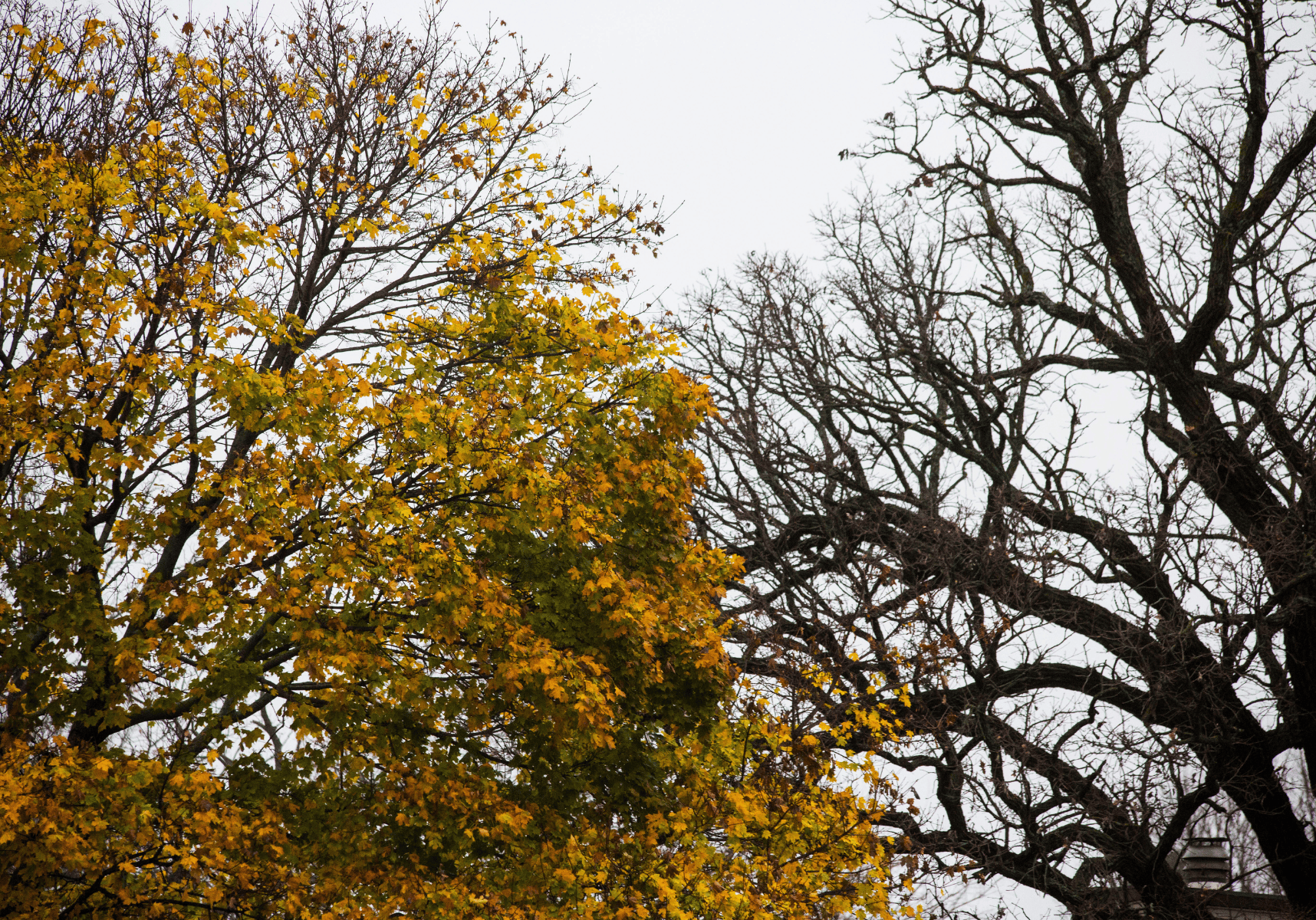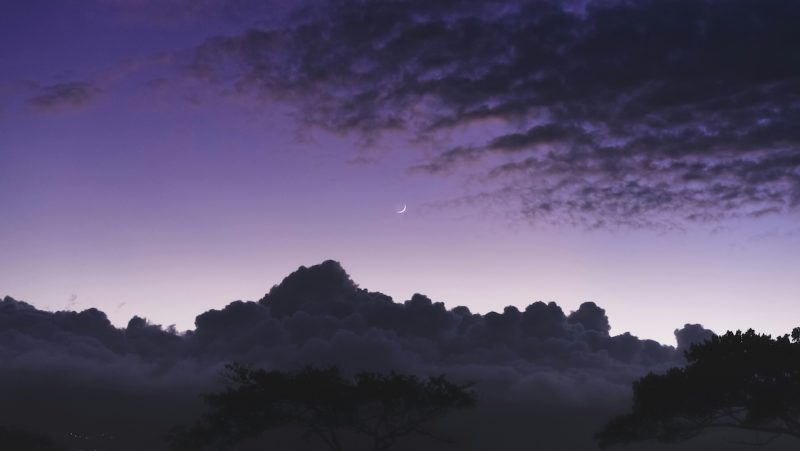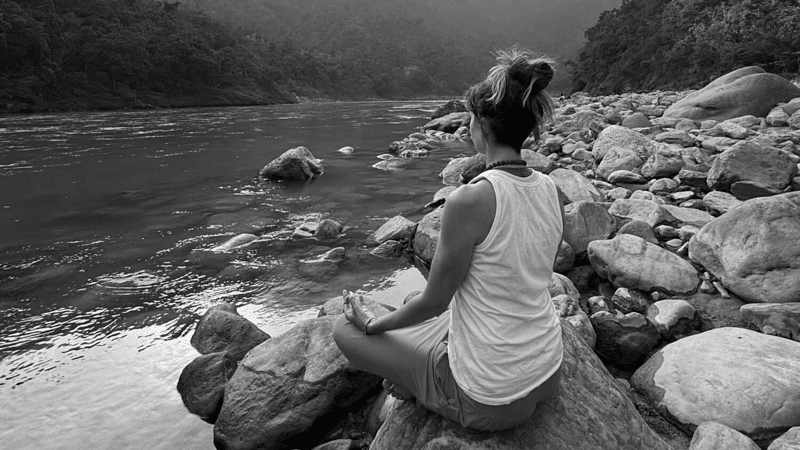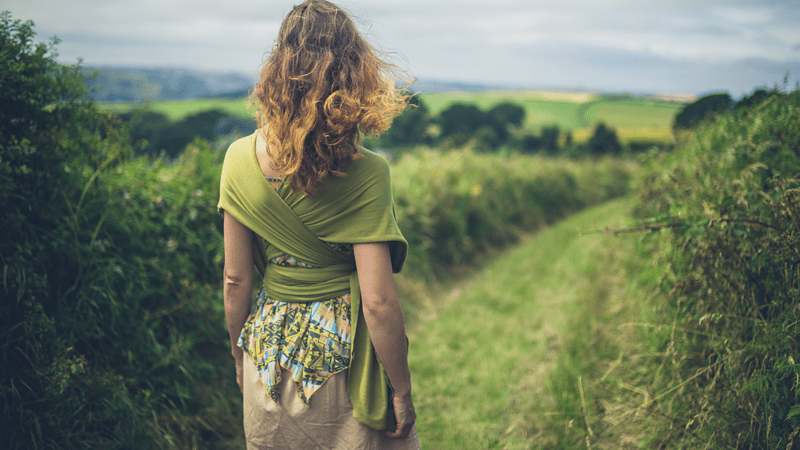
Yoga to Honour Nature’s Dormant Period
Winter Wellness: Aligning with Nature's Restorative Rhythms - By Jilly Shipway
Reading time: 3 minutes
The bleak winter landscape beckons us to slow down. Trees skeletal, bare of leaves, remind us to conserve our energy. Hibernating animals sleep through winter blizzards. Nature is dormant, and the rhythm of the season is rest.
Somewhere deep inside we all know that our wellbeing depends on our ability to live in harmony with the natural rhythm of the Sun, the Moon, the Earth, and the turning of the seasons. The artificial nature of modern homes and workplaces allow us to override our diurnal rhythms and the promptings of our body clock.
Of course, lighting, heating, phones, and computers are all valuable assets in our lives, but our health can suffer when we are out of synch with the natural rhythm of the natural world. The winter blues, lethargy, frenetic activity followed by overwhelm and tiredness, are all symptoms of this imbalance.
In this article we’ll look at ways that we can realign our energy with the prevailing energy of the season, respecting our need to rest, whilst at the same time topping up our energy levels so that we’re able to cope with the demands and opportunities of the season.
In the heart of winter, we look around and observe that all of nature has died back and is conserving energy. However, our 24/7 society often demands that we override our natural urge to rest and recuperate during winter, and instead we stress ourselves with relentless activity. Our seasonal yoga practice encourages us to align our own natural rhythms with Nature's rhythms as she moves through the season.
Some of my yoga students who usually dread the coming of winter, have reported back to me that they find winter much more bearable now that their yoga practice has helped them to attune their own energy with the energy of the season.
Science now confirms that human beings, who are also part of the natural world, need to respect their natural instinct to rest and recuperate during winter. The science suggests that we as humans do have deep-rooted clocks inside our bodies that are attuned to the natural rhythmical changes of the seasons, and before the advent of electricity we would have responded to the dark and cold days of winter by having a period of dormancy too.
We can honour our connection to nature and respond with wisdom to the changing season by changing our focus from activity and outward action to contemplation and inner reflection. This process of drawing inward is a continuation of the work begun at the summer solstice when the sun’s powers began to wane, and we entered the darker half of the year.
In yoga we have the concept of pratyahara, which is a withdrawing of the senses from external stimuli. We are approaching a time for simply being and dreaming up plans for next year’s growing season.
During the autumn and winter, nature’s most predominant quality is that of tamas, the black strand of creation, embodying darkness, and heaviness. The positive side of tamas energy is that it has a grounding effect, and it makes us rest and recuperate after the frenetic activity of the growing season. The negative side of tamas is that it can make us feel heavy, lethargic, and prone to winter blues.
Your yoga practice can help you to counteract the tamasic lethargy and depression associated with the season by bringing light into the darkness. Also, you can honour the natural tendency to want to stay in hibernation by choosing restful, restorative (langhana) yoga poses such as Child Pose (Balasana), Knee-to-Chest Pose (Apanasana), Seated Forward Bend (Paschimottanasana), and Tortoise Pose (Kurmasana).
You can lift your spirits, boost your happy hormones and ward off winter blues by including energizing, uplifting, expansive poses such as Cobra Pose (Bhujangasana), Warrior Poses (Virabhadrasana), Bow Pose (Dhanurasana), Camel Pose (Ustrasana), Bridge Pose (Setu Bhandasana), and Upward-Facing Dog Pose (Urdhva Muka Svanasana).
If you wish to deepen your understanding of how to find balance in your yoga practice and your life by connecting with nature and the cycle of the seasons, then check out my Yoga Through the Year book, or enrol on my free Introduction to Seasonal Yoga on my online teaching platform: https://yoga-through-the-year-with-jilly-shipway.teachable.com/p/home
In the same way that the darkness of the night gives us rest and dream time, so too the dark half of the year gives us an opportunity to pause, rest, and rejuvenate. Just as the oak tree stays alive over winter by stripping itself of leaves and using almost no energy, we too can look for opportunities during this autumn-to-winter period to enter a place of stillness and simply be utterly present in the moment.








